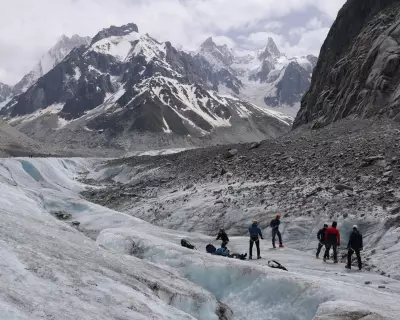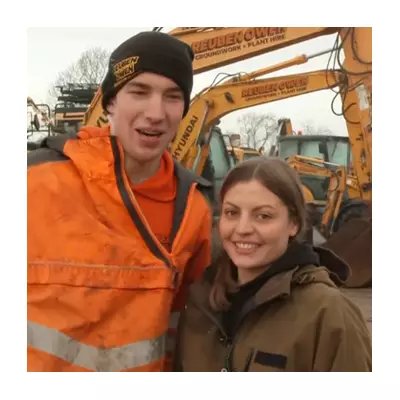
Archaeologists in Peru have made a groundbreaking discovery, unearthing a 4,000-year-old ceremonial site that suggests ancient Caribbean influences in pre-Columbian South America. The find, located just outside Lima, has stunned researchers with its well-preserved remains and ritualistic artefacts.
A Portal to Ancient Cross-Cultural Exchange
The site features a circular plaza measuring approximately 12 metres in diameter, surrounded by carefully arranged stones and containing ceremonial offerings. What makes this discovery particularly remarkable is its striking similarity to ritual sites found in the Caribbean, suggesting previously unknown cultural connections across vast distances.
Key Findings at the Site:
- Ceremonial offerings including shells and polished stones
- Evidence of complex burial rituals
- Architectural features mirroring Caribbean designs
- Well-preserved organic materials allowing for precise dating
Lead archaeologist Dr. Luis Flores from the National University of San Marcos stated: "This discovery fundamentally changes our understanding of ancient cultural interactions in the Americas. The similarities to Caribbean sites are too precise to be coincidental."
Rewriting Pre-Columbian History
The excavation challenges long-held assumptions about the isolation of ancient South American cultures. Radiocarbon dating places the site's construction around 2000 BCE, contemporary with early Caribbean settlements. Researchers speculate that maritime trade routes or shared cultural origins might explain the connection.
Significance of the discovery:
- Provides evidence of trans-regional cultural exchange
- Offers new insights into ancient maritime capabilities
- Suggests shared ritual practices across distant regions
- Raises questions about migration patterns in ancient America
The Peruvian Ministry of Culture has announced plans for further excavations and protective measures for the site, which they describe as "one of the most important archaeological finds of the decade".





